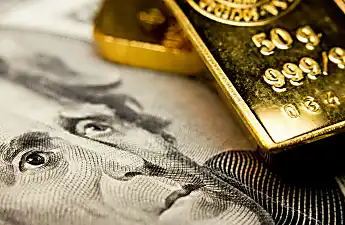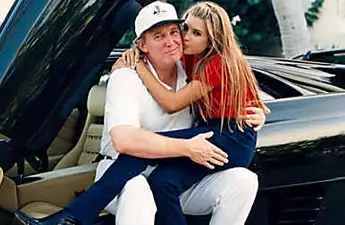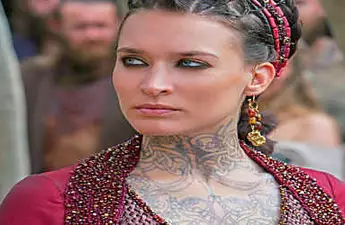
LIMA -
Earlier this week, Abimael Guzman, the leader of Peru's Shining Path guerrillas, was handed a second life sentence for a 1992 car bombing that killed 25 people, alongside nine fellow leaders.
It was the first time the Shining Path had attacked a civilian target in the Peruvian capital, Lima.
Known by his revolutionary name "Chairman Gonzalo" -- in reference to his admiration for Mao Tse Tung, founder of the Chinese communist party -- Guzman was captured 26 years ago and has been in jail ever since.
Here France24 takes a look at the rebel figure and his guerrilla organization accused of murdering thousands of people.
- What is the Shining Path? -
Peru's Truth and Reconciliation Commission (TRC) describes it as a "subversive and terrorist organization" that sought to fight its way into power.
In 1980 it began an armed conflict with the government and Peruvian society, committing "very serious crimes that constitute crimes against humanity." The Shining Path was responsible for 54 percent of the victims of the conflict's victims, according to the TRC.
Now 83 and serving two life sentences, Guzman was a university professor of philosophy who, once seduced by Maoist ideology, became a near messianic leader of his group.
He was known as "Puka Inti" -- meaning red sun in the Quechua language that is spoken by around 13 percent of the population -- but his preferred moniker was "Chairman Gonzalo."
Inspired by Mao, Guzman's group emerged from the oppressed regions of the Andes and attempted to launch a "people's war" from the countryside towards the city.
- How did it operate? -
Guzman's directives simplified Maoism and made it "more violent," the TRC said, proclaiming the "militarization of the Communist Party and the society resulting from the revolution's triumph."
General Marco Miyashiro, a member of the squadron that captured Guzman in 1992, told us at France24.: "They promoted what they called the 'fifth form of battle.' It's a combination of armed propaganda, guerrilla combat, collective assassination and sabotage."
One of the bloodiest mass killings committed by the group was in 1984 in the southwestern Ayacucho region, where they murdered 117 peasant farmers who refused to support them.
In 2003, the TRC said some 70,000 people were killed over 20 years of conflict from 1980 to 2000 in fighting between the army and guerrillas from the Shining Path and Tupac Amaru Revolutionary Movement groups.
- Has it been defeated? -
Almost all of its leaders have been captured but its remnants, headed by Victor Quispe Palomino, or "Comrade Jose," still operate in the largest valley of coca leaf production in Peru, allied with drug-traffickers -- cocaine is made from coca leaf.
The historic leaders deny they are directing the dissidents but Miyashiro believes the rebels are regrouping, taking advantage of popular discontent in universities and unions, while the factions operating in coca growing territory are acting as advanced troops.
Authorities have identified at least two organizations they suspect of being legal extensions of the Shining Path: The Movement for Amnesty and Fundamental Rights (MOVADEF), a group of families of imprisoned guerrillas, and Conare, a union committee of radical teachers.
When MOVADEF attempted to register as a political party, it was rejected on the grounds that its ideological base supporting Guzman's thinking, according to sociologist Carlos Tapia.
- What's left of its ideology? -
According to Tapia, organizations linked to the Shining Path are merely filling a vacuum because of a lack of political representation for their ideas.
For the last two decades, Peru has suffered from a crisis of political parties due to public disenfranchisement with the governing process.
"There's no one to battle them ideologically, to prevent MOVADEF from gathering momentum. Once election season is over, everyone forgets (about politics)," he told us at France24.
- Is there repentance and reconciliation? -
The short answer, is no. Despite recognizing its defeat and no longer calling for armed rebellion, Osman Morote, a member of the Shining Path leadership, told Caretas magazine from his jail cell: "Prison is tough but it will never subdue us, even less so weaken our profound conviction that the future belongs to the proletariat and the people."
Reconciliation, from the TRC's perspective, is between a state and the victims of state-sponsored terror.
But for many experts, the Shining Path must repent if it is ever to enter politics as a legal entity.





No comments:
Post a Comment